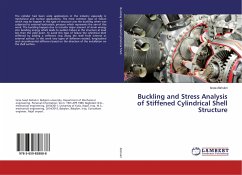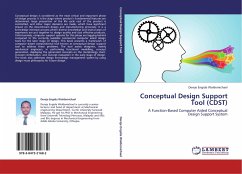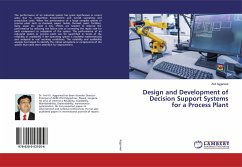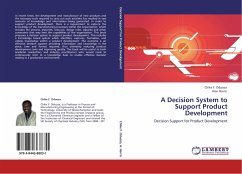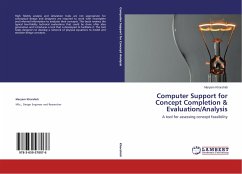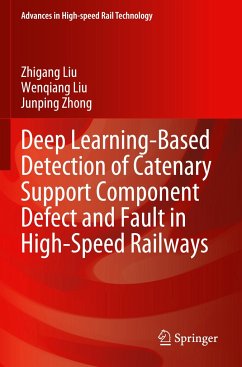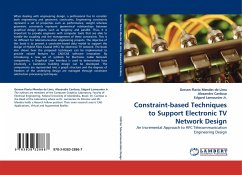
Constraint-based Techniques to Support Electronic TV Network Design
An Incremental Approach to HFC Telecommunication Engineering Design
Versandkostenfrei!
Versandfertig in 6-10 Tagen
39,99 €
inkl. MwSt.

PAYBACK Punkte
20 °P sammeln!
When dealing with engineering design, a professional has to consider both engineering and geometric constraints. Engineering constraints represent a set of properties such as performance, weight whereas geometric constraints represent geometrical relationships between graphical design objects such as tangency and parallel. Thus, it is important to provide engineers with computer tools that are able to handle the coupling and the management of these constraints. This is no different for telecomunication engineering projects. The objective of this book is to present a constraint-based data model...
When dealing with engineering design, a professional has to consider both engineering and geometric constraints. Engineering constraints represent a set of properties such as performance, weight whereas geometric constraints represent geometrical relationships between graphical design objects such as tangency and parallel. Thus, it is important to provide engineers with computer tools that are able to handle the coupling and the management of these constraints. This is no different for telecomunication engineering projects. The objective of this book is to present a constraint-based data model to support the design of Hybrid Fibre Coaxial (HFC) for electronic TV network. The book also shows how the proposed techniques can be implemented to provide valued features for CAD/CAE software innovation. By introducing a new set of symbols for Electronic Cable Network components, a Graphical User Interface is used to demonstrate how intuitively a backbone building design can be developed.The components are represented into a graph structure and the degrees of freedom of the underlying design are managed through constraint satisfaction processing techniques.



